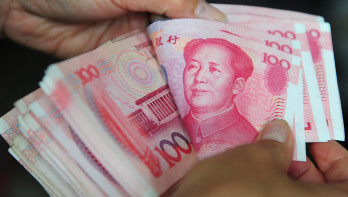Analysis Energy
Oil price resists downward pressure
The oil prices remain fairly stable, despite various factors that could cause downward pressure. The recovery of the Chinese economy is still absent, the dollar is gaining value due to the expected interest rate cut by the Fed, and there seems to be cautious optimism emerging around a ceasefire between Israel and Hamas.
At the time of writing (Wednesday afternoon, December 18), the oil price stands at $73.77, approximately the same level as a week ago. The Brent price rose to $74.49 per barrel last Friday, only to drop back to $73.19 on Monday.
Lower U.S. oil inventories support the oil price, but new figures on the German and especially Chinese economy certainly do not boost the oil price. The industrial production of the largest oil consumer, China, grew slightly more than expected in November, but retail sales fell short. The stimulus measures for the economy do not seem to be bearing fruit yet, and the country also faces high trade tariffs for exports to the U.S. if Trump becomes president next month.
A strong dollar also keeps the oil price in check. The market is awaiting the final interest rate decision of 2024 from the U.S. central bank. At the time of writing, this had not yet been announced (scheduled for 8:00 PM Dutch time). The expectation is that the Fed will cut interest rates for the third time in a row, by 0.25%.
Hopeful sounds are coming from the Middle East. A ceasefire between Israel and Hamas may be in sight. Under the leadership of the U.S., talks are reportedly underway for a phased release of the hostages still held by Hamas. Meanwhile, Israel has taken over the military post on Mount Hermon in Syria, a buffer zone established in 1974, awaiting new agreements with the country now that Assad's regime has fallen.




